Remote Survey Guide for Precautionary Dry Cargo Surveys where Boarding is not Permitted
The Covid-19 pandemic with the evolution of new variants has continued to exacerbate the difficulties experienced with the arrangement and physical attendance onboard ships for surveyors. Whilst countries' restrictions are varied, the general approach cited by authorities has been to limit or stop the interaction that would usually occur between the parties providing services to a ship.
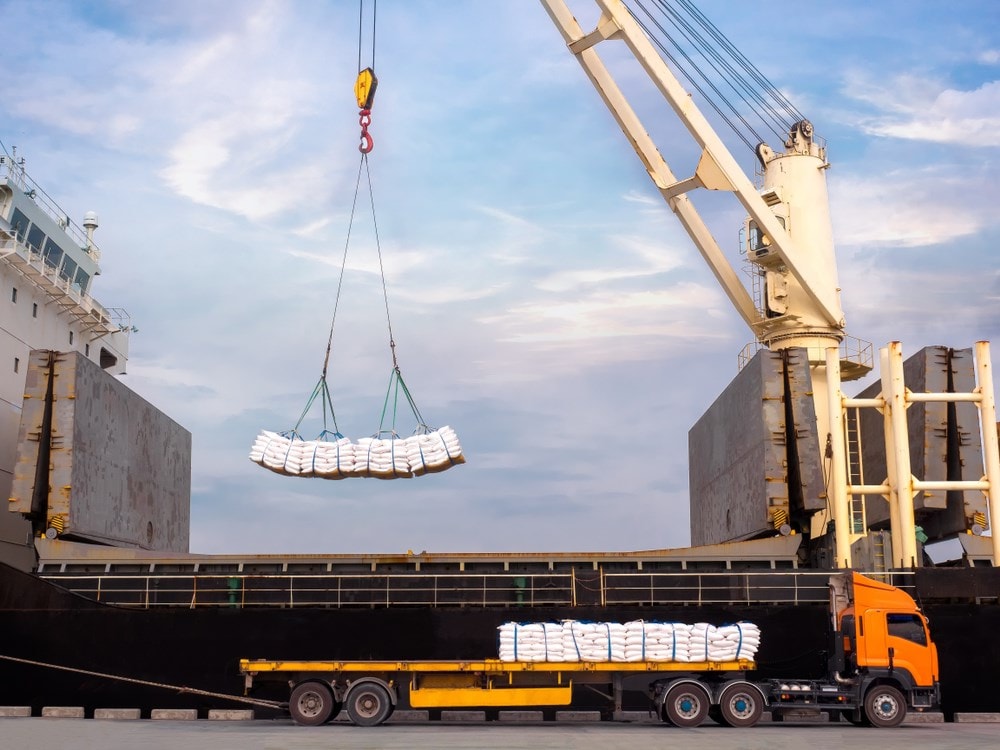
As precautionary cargo surveys are one of the most prevalent types of survey works undertaken during a ship's port call, the implementation of these restrictions can cause significant disruption. To help mitigate the impact, the action points listed below should be followed by the ship’s crew and the protectionary surveyor when the latter has been prevented from physically attending onboard. It assumes, however, that the surveyor will be allowed to attend at the berth and observe cargo as it is being loaded.
Surveyor:
Pre-Arrival
- Be fully vaccinated against COVID-19.
- Undergo regular COVID-19 testing protocols (lateral flow and PCR tests) to ensure that the attending surveyor can demonstrate their negative status pre-attendance and during their attendance to the port authorities and terminal operators.
- Always ascertain and adhere to the port’s regulations.
- Contact the Master to explain the survey protocol and provide their direct contact details.
- Request copies of the required ship's certificates.
- Review the pre-arrival tests and inspections conducted by the ship on the cargo bilge system, ballast tanks, hatch covers, and cargo holds. If necessary, request additional close-up photographs/videos of specific areas as required and highlight areas of concern.
- Provide information about common issues to look out for during the operations based on local experience with the cargo(es).
Ship:
Pre-Arrival
- Make the survey attendance request in good time, preferable whilst the vessel is still proceeding to the port.
- Provide the ship's agent details when making the survey appointment.
- Provide the surveyor with copies of the requested ship's certificates.
- Carry out tests of the cargo hold bilge system and ensure proper operation of non-return valves if installed. If fitted, the cargo holds bilge alarm system to be tested and confirmed operational.
- Verify and provide evidence of cargo holds bilge sounding routines.
- Conduct hydrostatic test of ballast tanks surrounding relevant cargo holds if possible.
- Arrange and take photographs/videos of hatch covers (seals/coaming top/cleats/vents etc.) and cargo holds condition and any additional requested by the attending surveyor.
Surveyor:
Alongside
- Check the cargo(es) in warehouses/quayside storage areas and at the quayside hook points by the ship.
- As soon as information about the condition of cargo coming on board is received from the ship, review and highlight any issues sighted with cargo, ensuring the crew obtains detailed photographic/video evidence.
- Advise Master on remarks to be placed on Mate's Receipts and Bills of Lading based on the shoreside inspections and photographs/videos of the cargo stow onboard.
Ship:
Alongside
- Ensure continuous oversight of cargo operations from the deck level and immediately report any issues with photographic/video evidence to the duty surveyor.
- When hold access is possible during stevedore meal breaks/shift changes, inspect the cargo in the holds and take representative photographs/videos of the stow/dunnage/securing etc. Any problems sighted are to be reported to the duty surveyor immediately.
- Issue a Letter of Protest for any concerns noted during the course operations, cargo condition, stowage and securing arrangements.
As the attending surveyor is not undertaking a physical presence on board, they will be reliant on the information provided by the ship. Therefore, the ship's crew must ensure that all photographs/videos are taken sequentially throughout the operations, in a high-resolution format, in sharp focus, close enough to see the observable issues and be date and time-stamped.
Below are examples of photographs of the cargo needed for the surveyor.
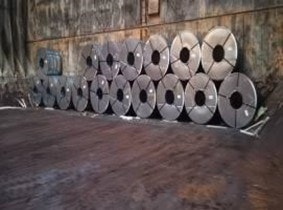
Stowage condition

Lashing arrangement

Lashing of coils
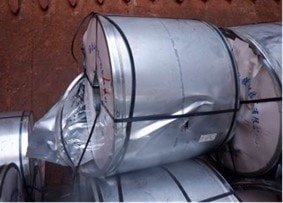
Damage to cargo
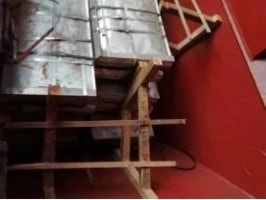
Dunnage arrangement
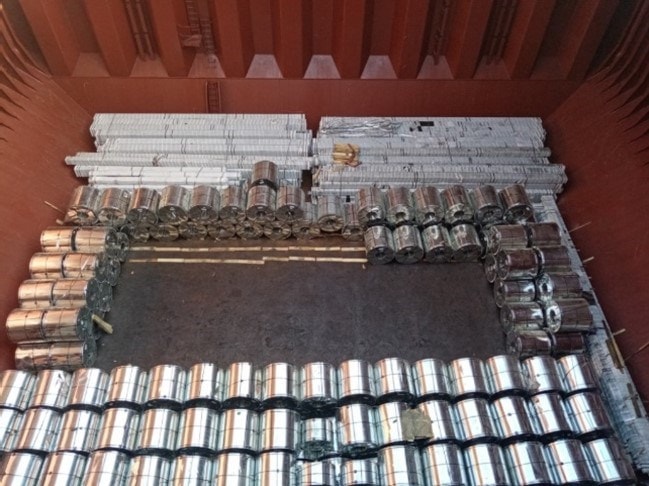
Incorrect stowage
Members requiring further guidance should contact the Loss Prevention Department.

